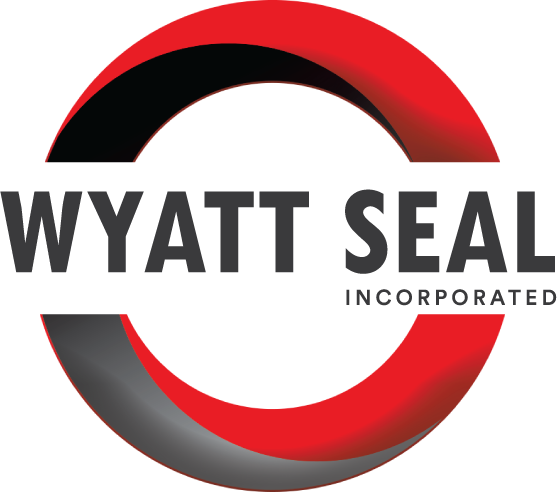
Metal detectable O-rings are essential for maintaining safety in the food and beverage industry’s production processes. Combining rubber and metal fillers, these innovative seals ensure that any contamination caused by seal degradation is quickly identified using metal detectors or X-ray scanners. This ability to detect and contain contaminants is essential for manufacturers working in regulated industries where safety and hygiene are paramount.
The Role of Metal Detectable O-Rings in Food Safety
Processing equipment in the food, beverage, and pharmaceutical industries operates under demanding conditions, causing seals and other components to wear down over time. This wear increases the risk of fragments entering the product stream. By utilizing metal detectable O-rings, manufacturers can meet stringent safety standards while mitigating the risk of contamination.
The 2011 FDA Food Safety Modernization Act (FSMA) further emphasizes the importance of preventive measures in food safety. This legislation shifted the focus from reacting to contamination to actively preventing it, requiring manufacturers to identify potential hazards and implement preventive controls. Metal detectable O-rings align perfectly with FSMA’s goals by helping manufacturers quickly detect and isolate contaminants, reducing recall risks and ensuring compliance with FDA standards.
Switching from standard seals to metal detectable ones is a proactive step to ensure compliance with Food and Drug Administration (FDA) regulations and protect both consumers and the supply chain from the costly consequences of contamination.
What Are Metal Detectable O-Rings Made From?
Metal detectable O-rings are crafted from high-performance materials such as nitrile, FKM, EPDM, and silicone compounds. They incorporate proprietary metal fillers that make them detectable by specialized scanning equipment. This equipment searches for metal fragments within the product stream, allowing manufacturers to quickly identify and remove contaminated products.
In addition to their detectability, these seals are made from durable, food-safe materials designed to meet strict safety standards. This ensures that they not only withstand the rigors of production but also prevent chemical leaching or long-term contamination, maintaining the integrity of the products they help produce.
By enabling efficient detection and using reliable materials, metal detectable O-rings help manufacturers maintain safety while ensuring product integrity in demanding environments.
The Benefits of Metal Detectable O-Rings in Manufacturing
Investing in metal detectable O-rings offers several key advantages:
- Enhanced Compliance: These O-rings help manufacturers meet FDA requirements, ensuring food safety and hygiene.
- Minimized Downtime: Early detection of contamination allows manufacturers to address issues quickly, avoiding lengthy production delays.
- Reduced Product Loss: Accurate scanning prevents unnecessary disposal of entire production runs, saving both time and resources.
- Improved Product Safety:
- Resist fungal growth and bacterial buildup
- Withstand harsh manufacturing conditions
- Non-toxic, non-marking, and non-allergenic properties make them an ideal choice for regulated industries
Durable, Dependable, and Designed for Safety
O-rings built to FDA standards offer more than just compliance—they provide peace of mind. By using metal detectable seals, manufacturers can avoid unexpected failures, reduce downtime, and meet regulatory requirements. These seals also support manufacturers in addressing incidents of contamination quickly and effectively, helping to repair equipment, remove contaminated products, and restart operations with minimal disruption.
Protect Your Operations with Metal Detectable O-Rings
In the food and beverage industry, where safety is non-negotiable, metal detectable O-rings offer a practical solution to prevent contamination, maintain compliance, and keep production running smoothly.
If you need help navigating this process to find the right seal for your project, talk to a seal expert at Wyatt Seal. We’ve spent 50 years building relationships with seal manufacturers worldwide to offer you access to thousands of seals, gaskets, O-rings, and other specialty items for any application.

